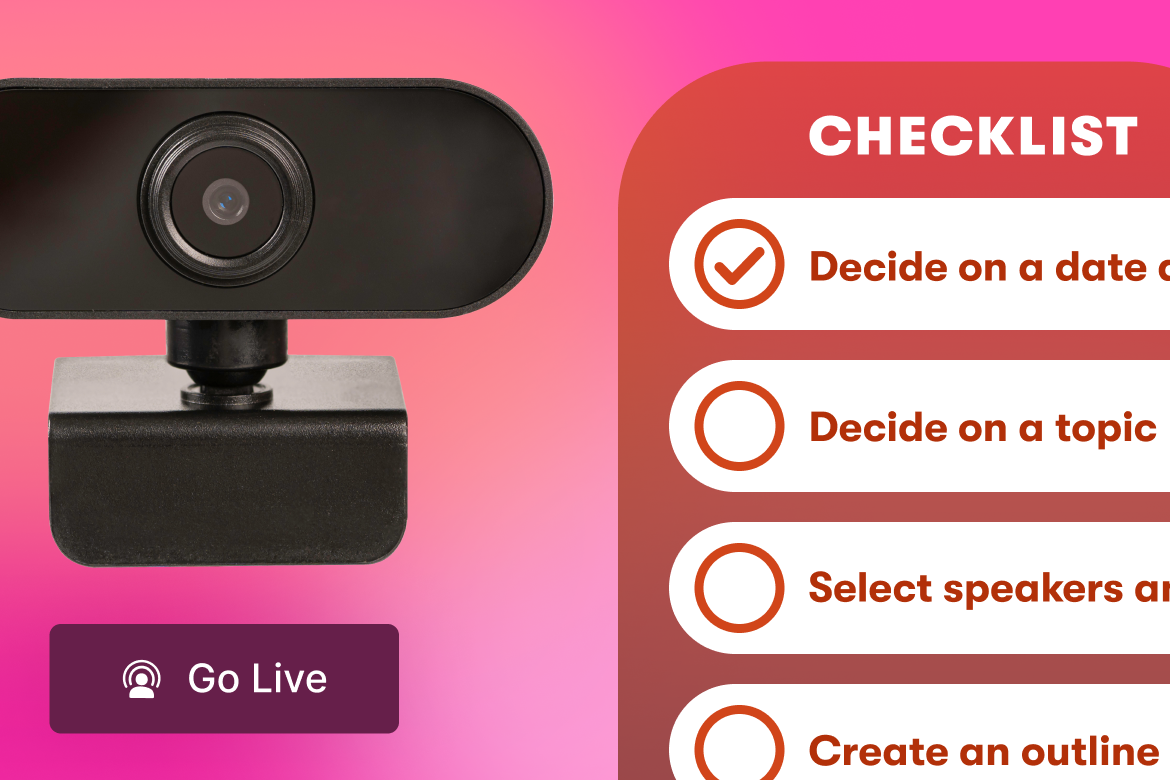The 20 Best Chrome Extensions for Marketing
March 18, 2019
Topic tags
Chrome is the most popular browser around the globe, with around 70% of Desktop market share worldwide. But, did you know it’s also an incredibly useful tool for marketers?
Extensions are beneficial for users because they allow you to create a browsing experience that’s tailored to your specific needs and the way you like to work. When you take more control over Chrome’s functionality, you create a more curated, personal workspace.
Now, there’s a huge library of plugins out there (most of them free) that can help improve the speed and efficacy of a multitude of marketing tasks, but where do you begin? How do you even know what you’re missing out on? In the spirit of sharing, we’ve compiled a list of 20 essential Chrome extensions every marketer should have.
What it’s good for: Looking at the rendered source code of a page alongside its raw version
Description: With more of the web leveraging JavaScript rendering and single page applications (including our new Channels feature), the “source” of a website isn’t necessarily an accurate view of the HTML and CSS once a page has fully loaded. Expanding on the built-in “view source” functionality within Chrome, Rendered Source adds an option when you right-click on a page to view the fully rendered source alongside the raw source.
What it’s good for: Checking HTTP Status codes and uncovering unnecessary or suboptimal redirects
Description: Redirect Path from Ayima includes an icon in the Chrome taskbar which indicates the status code of the page you’re on. Clicking on the icon will reveal the chain of redirects your browser went through to load the current page.
What it’s good for: Creating great-looking how-to or tutorial videos
Description: Our webcam and screen recorder is a free tool we created at Wistia, specifically to lower the barrier for creating great looking marketing videos. With Soapbox, you record your screen and your webcam simultaneously and then toggle between layouts in the editing process. The output is a new style of “presentation video” that is a step-up from a basic screencast or webcam recording — ideal for simple product demonstrations or explainer videos.
4) Grammarly
What it’s good for: Preventing spelling and grammar errors when writing pages, documents, and emails
Description: When installed, Grammarly highlights spelling and grammar errors in any text input field, in a manner we’re all familiar with from Microsoft word. Clicking the highlighted error will show recommended changes, allowing you to quickly improve the quality and consistency of your writing.
What it’s good for: Conducting outreach and prospecting
Description: The Buzzstream Buzzmarker extension will crawl the website you’re on, and pull out contact details for appropriate individuals associated with the website. You can then add these contacts directly to your Buzzstream database, and send out an individual or bulk email from the outreach CRM.
6) TubeBuddy
What it’s good for: YouTube optimization
Description: TubeBuddy is an essential tool in the arsenal of any video marketer. It pops up detailed analytics next to any YouTube video, showing the tags, the view counts and how many best practices a specific video abides by. When you upload a video, TubeBuddy offers suggested tags and optimizations to the metadata to ensure you’re maximizing the potential reach of the video you’ve just updates.
7) Ghostery
What it’s good for: Seeing what trackers other sites are using
Description: While primarily billed as a tracker blocker and ad blocker, Ghostery also provides a helpful list of the trackers and cookies triggered by every page you visit. This information can be helpful for competitor analysis and discovering tech-stacks powering marketing funnels.
8) BuiltWith Technology Profiler
What it’s good for: Discovering tech stacks and historical redirects
Description: The BuiltWith Technology Profiler is a free extension that includes some of the features of the full Builtwith platform. Clicking the icon in the Chrome taskbar shows you a long list of all the technology a specific webpage is utilizing, and the “redirects” tab will show you all the root domains which redirect pages to the root domain you’re visiting.
9) MozBar
What it’s good for: Improving keyword optimization of any given page and evaluating the overall authority of a website
Description: The MozBar is a real swiss army knife of an extension, with many possible uses for the acquisition-minded marketer. It either functions as a drop-down, providing detailed meta and link data analysis on any website you visit or as a fixed icon in the taskbar, indicating the Domain Authority of the website in question. The two most prevalent features are probably “Page Analysis,” which allows you to get a snapshot of the title, description, schema.org mark-up, rel=“canonical” link attributes, and more for a specific page, as well as “Link metrics” which allow you to see Page Authority, Domain Authority, and the number of linking root domains to a given page. While the Mozbar is free, it really unlocks when combined with a Moz Pro Subscription ($99 per month).
10) SEOquake
What it’s good for: Assessing the competition for a given keyword in organic search and discovering the display & PPC ads other companies are running
Description: SEOquake has been a favorite since the less scrupulous days of SEO, and remains an extraordinarily handy toolset for all things search. A SERP popover allows you to see domain and page level metrics for ranking results, and clicking the link when browsing a website allows you to analyze the ads they’re running, as well as explore internal links and trigger more detailed page-level diagnoses. An integration with SEMrush allows you to bring in more data to SEOquake, so if you have an SEMrush subscription, the extension becomes even more powerful.
11) Page Analytics (by Google)
What it’s good for: Seeing which internal links users click on for any page on your website
Description: The Page Analytics Chrome Extension from Google is a very handy tool to make Google Analytics data more actionable. When clicking the icon in the Chrome taskbar, a drop-down will appear, showing page-level visit data, alongside an overlay across the whole page which gives percentage figures on each of the internal links displayed, showing you where users typically travel to from any given page, thereby allowing you to better understand user journeys.
12) Web Developer
What it’s good for: Seeing how webpages function with JavaScript and CSS disabled
Description: The web developer Chrome Extension is incredibly useful for testing code changes and triaging bugs, but for marketers especially, it’s really useful for seeing how a webpage will appear to various bots and crawlers that don’t render JavaScript or CSS.
What it’s good for: Working out someone’s email address
Description: LinkedIn Sales Navigator (formally Rapportive), adds a sidebar to your Gmail account, showing details from the Linkedin profile associated with the email address you are writing to. You can, therefore, reverse engineer this, and use the tool to validate guesses for a specific email address.
14) Buffer
What it’s good for: Scheduling and syndicating social media posts
Description: Buffer adds icons onto Twitter posts, allowing you to schedule retweets or commented retweets, and add new posts into your social queue. You can also use the extension to quickly plan a social post that links to the URL you’re currently viewing, and share things across LinkedIn, Facebook, and Twitter simultaneously.
15) Bitly
What it’s good for: Shortening links for social media posts
Description: Clicking the Bitly icon in the Chrome taskbar quickly creates a custom short link (which you can alter) for the page you’re on. This speeds things up if you’re planning lots of social posts in quick succession
16) Google PageSpeed Insights API extension
What it’s good for: Getting a quick overview of how fast your pages are
Description: PageSpeed insights is a fairly crude look at site speed, but it can nevertheless be useful when looking to optimize loading speed and user experience. Clicking the icon in the Chrome taskbar loads the desktop and mobile PageSpeed insights scores for the page you’re on, as well as an overall score for mobile friendliness.
What it’s good for: Checking to see all appropriate tags are firing on a specific page
Description: Tag assistant records which tags are being fired by Google tag manager, and then provides a list for you to observe or export. It’s a simple tool, but can be very helpful when debugging tracking issues on your website.
What it’s good for: Testing how your website functions for different devices, browsers, and bots
Description: User-Agent Switcher, very simply, allows you to override your default browser settings and look at the web from the perspective of other devices and browsers. You can also manually add user-agents to mimic various bots and crawlers.
What it’s good for: Finding new keywords for SEO & PPC
Description: Keywords Everywhere adds a box to any Google results page which shows similar keywords to the one searched for alongside keyword volume, the average cost per click and a competition score. The “Add keywords” feature then allows you to build out an expansive keyword list as you’re exploring different Google search queries.
20) Similar Web
What it’s good for: Estimating competitor’s traffic
Description: Clicking the SimilarWeb icon in the Chrome taskbar provides a dropdown which gives some insight into how a competing site is performing — including estimates of absolute traffic and a relative breakdown of traffic sources and audience locations. This can be helpful for benchmarking yourself against others, as well as assessing the reach of a potential co-marketing partner.
There you have it. We hope this list is useful when it comes to building up your own personal collection of Chrome Extensions. Are there any essential or obvious ones we missed? Let us know in the comments, and if we agree that they’re good as you say they are, we’ll add them to the post!






